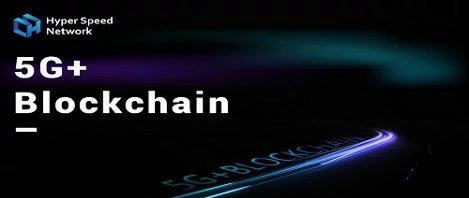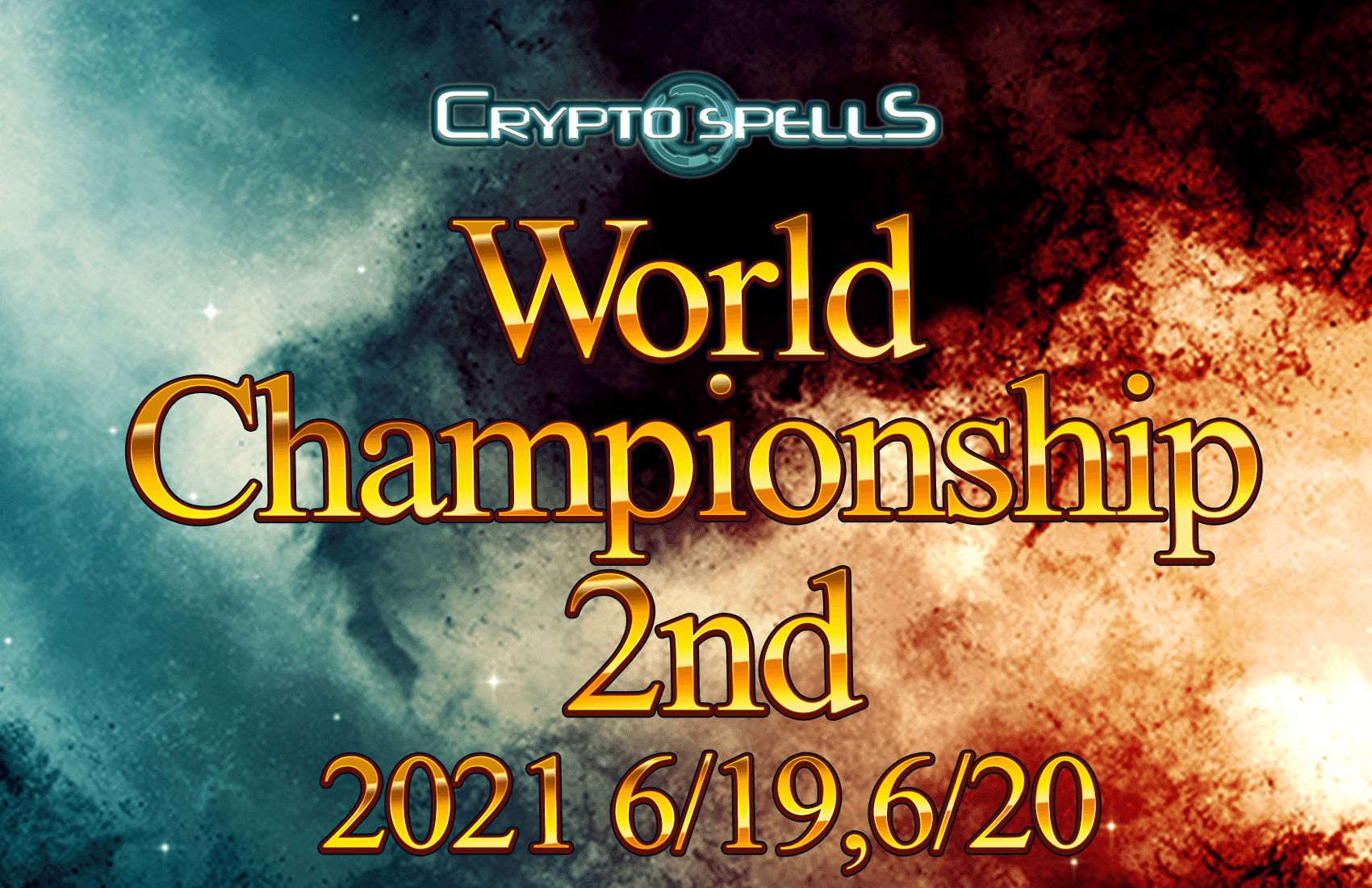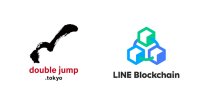
A Brief Talk on the Development Prospects of 5G and Blockchain
What is 5G?
What is special about 5G?
Where is 5G applied?
What are the shortcomings of 5G?
What is blockchain?
Where is blockchain applied?
How to Integrate 5G and Blockchain?
What are the 5G Challenges for Blockchain?
1. What is 5G?
5G (or the 5th Generation Mobile Network) is a new-generation wireless communication network standard.
2. What is special about 5G?
Compared with 4G, 5G has made a qualitative leap in mobile broadband, latency, reliability, and mass connection. Its key improvements over 4G are:
• 10 Gbps for x0,000 users;
• Simultaneous multi-user 1 Gbps on the same floor;
• x00,000 concurrent connections for large-scale sensor network deployment;
• Higher spectrum efficiency;
• Better coverage;
• Higher signaling efficiency;
- Decreased delay.
3. Where is 5G applied?
Through the integration of multiple-input multiple-output (MIMO), ultra-dense networking (UDN), novel multiple access, and other key technologies, 5G can meet the extremely differentiated performance requirements of diversified scenarios. Four typical application scenarios of 5G are: seamless wide-area coverage, high-capacity hot-spots, massive low-power connections, low latency + high reliability, which include cloud VR/AR, Smart Security, IoV, Smart City, Smart Manufacturing, UAV, SD-WAN + NAS, Mesh products, edge computing modules etc. applications.
5G technology is a vital force of the digital economy innovation. Due to its high throughput and concurrency, low latency and power consumption, together with Artificial Intelligence (AI), Blockchain, Cloud Services, and Big Data, 5G creates a new era of the global IT infrastructure.
4. What are the shortcomings of 5G?
5G will help improve the efficiency of the whole society and promote the large-scale penetration of the Internet of Things (IoT), AI, edge computing, Augmented Reality (AR), Virtual Reality (VR), UHD streaming, and other applications.
However, with the large-scale introduction of equipment, massive data growth, and dramatic increase of computing demand, the following concerns have come up:
• Lack of data security, easy eavesdropping by hackers;
• Big data collection and GDPR enactment call for privacy protection responsibility;
• High cost of 5G IoT application development;
• Value exchange between terminals is difficult to realize.
5. What is blockchain?
Blockchain is a new type of computer technology developed since 2008. It involves distributed data storage, P2P transmission, consensus mechanisms, encryption algorithms, and other technologies. It is decentralized, records the whole-network information, and has low cost, high efficiency, security, and reliability. It set a new technological trend that has spread all over the world.
Within this trend, blockchain has been continuously improved and developed. Sharding, side chains, cross-chains, consensus algorithms, post-quantum cryptography, and other fields are constantly breaking through. Many big enterprises and entrepreneurs, such as Tencent and Alibaba, have entered the block chain industry to shape its landscape.
6. Where is blockchain applied?
On August 10, 2018, Shenzhen, China, issued the first blockchain electronic invoice the underlying technology for which was provided by Tencent FiT blockchain team. On October 10, 2018, IBM announced that IBM Food Trust became commercially available. In February 2019, JPMorgan Chase announced that it would issue the banking system USD pegged stablecoin JPM. In March 2019, Bloomberg reported that Facebook, who has 2 billion users, is strategically shifting to blockchain and studies the use of WhatsApp to launch a stablecoin aimed at the remittance market.
7. How to Integrate 5G and Blockchain?
5G is the basic infrastructure of the future network. Blockchain is a new framework for business development. Integration of blockchain and 5G is a key research topic for blockchain designers. 5G and blockchain can empower each other as follows:
· 5G’s interconnection of everything uncovers trillion market opportunities for blockchain
At present, 99.99% of the world’s trillions of commodities are not connected to blockchain networks. One of the reasons is terminal immaturity. Many blockchain industry applications relying on IoT terminals cannot be commercialized. These include cloud VR/AR, Smart Security, IoV, Smart City, Smart Manufacturing, UAV, Software Defined Wide Area Network + Network Additional Storage (SD-WAN + NAS), wireless Mesh products, and edge computing modules.
5G technology can bring wider coverage, more stable licensed frequency bands, and more unified standards to the IoT, thus providing strong support for IoT-based blockchain applications. With the development of high-speed 5G communication, the IoT, big data, and AI, blockchain will provide stable tracking, traceability, and distributed P2P transactions for trillions of goods worldwide.
· Blockchain protects data in 5G application scenarios
5G era puts forward higher requirements for data protection. With the emergence of 5G, network speed will be improved greatly and the amount of data will also surge. In addition, more computing and storage will be performed by smart terminals and edge computing nodes.
Blockchain technology aims to break the current trust-endorsed transactions relying on central institutions, and provide technical support for transaction decentralization and information privacy protection, history tamper protection, and traceability by means of cryptography. It is naturally suitable for scenarios with strict data protection requirements.
· Blockchain enables the real P2P value exchange under 5G
5G focuses on distributed scenarios, such as IoV, remote video surveillance, and Smart City. Blockchain can be implemented under a framework with distributed deployment. There is no need for a centralized agency to confirm the authority, since decentralized nodes on blockchain confirm and distribute information. This enables P2P value exchange without the need for centralized transfer and commission, which greatly improves the efficiency of terminal transactions and reduces transaction cost. Such business models as 5G bandwidth leasing, new energy meter trading etc. are very suitable to realize P2P transactions and value exchange on blockchain.
8. What are the 5G Challenges for Blockchain?
5G is based on fiber optic networks, is 10 times faster than the current 4G, and provides lower latency and larger bandwidth. 5G-oriented application scenarios usually have technical requirements for high-performance and low-latency concurrent storage, cooperative network, and concurrent computing. Management of such a complex ecosystem requires improved computing and storage.
However, the blockchain trilemma has become a key bottleneck for its technological development: its consensus, transaction processing, and data throughput cannot meet the needs of complex application scenarios. In addition, with the continuous emergence of blockchain platforms and more on-chain terminals, coexistence of multiple blockchain platforms is inevitable and cross-chain demand is more urgent in the 5G era.
![[お知らせ]日本語サイトの更新停止のお知らせ](https://www.jbb.one/f/dynamic/img/89f47dd670454ab9a00a8a95501a0b12.png!sss)







